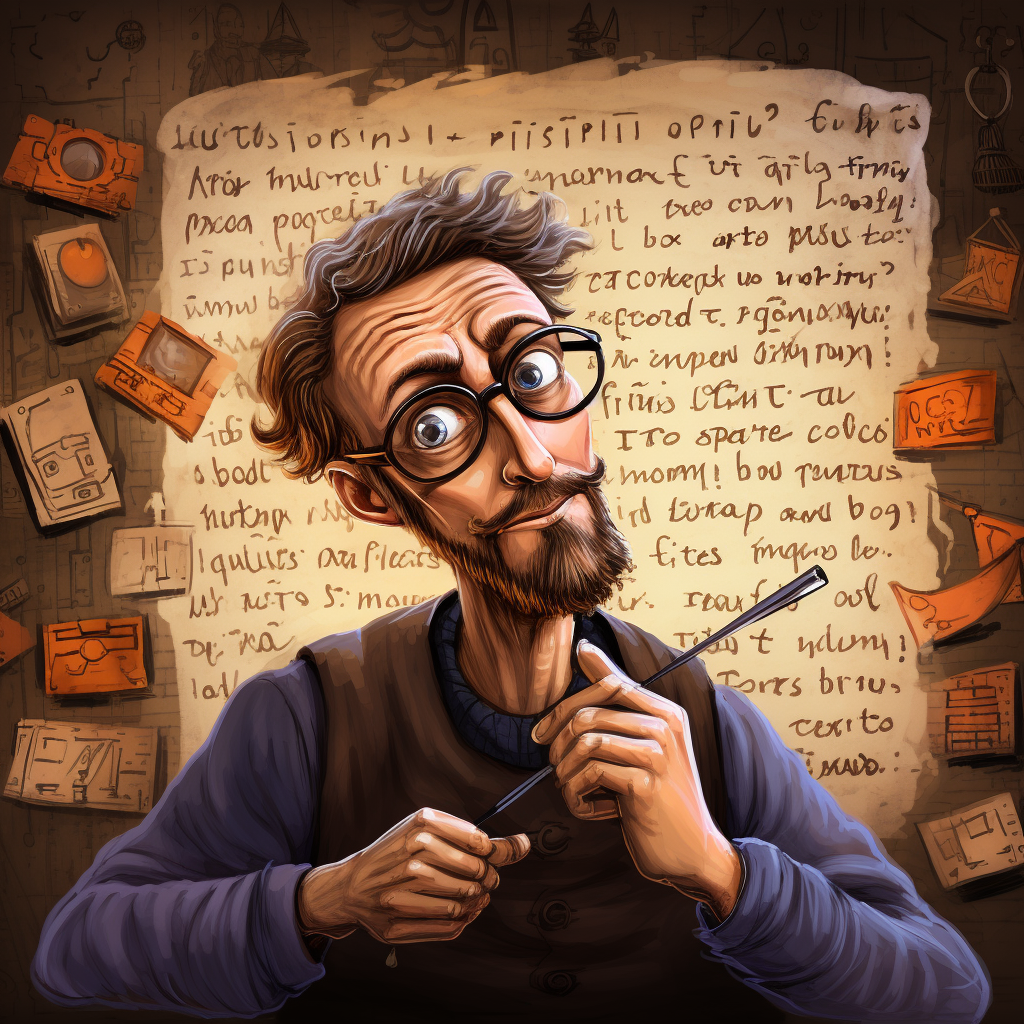
Poetry has always stood as a haven for creative expression. However, aspiring poets and poetry readers may wonder why don’t poets follow grammar rules? Poetry, that captivating realm where emotions, thoughts, and the human experience converge, has always stood as a haven for creative expression. Yet, within this world of metaphors and imagery, one question often arises: Is poetic license a rebellion against grammar rules?
In the enchanting world of poetry, words are wielded like brushes painting vivid landscapes of emotions and ideas. But unlike the precise strokes of a masterful artist, poets often let these words run wild, unconstrained by the grammar rules that govern conventional language. It’s a deliberate act of rebellion, a poetic license that allows them to bend, twist, and reshape language to suit their creative vision.
In this article, we’ll embark on a poetic journey to explore the intriguing relationship between poets and grammar rules. We’ll uncover the reasons why poets often seem to flout these rules, diving into the depths of poetic license and discovering how it fuels the fire of creative expression. So, fasten your seatbelt as we navigate this captivating terrain where grammar and poetry collide, and where rebellion gives birth to the most mesmerizing verses.
Table of Contents
Unraveling the Mystery of Poetic License

Before we dive into the intricacies of poetic license, let’s understand what this enigmatic term truly means.
What is Poetic License?
Poetic license, in essence, is the poet’s artistic freedom to break or bend conventional rules of grammar, syntax, and language to create a unique and impactful poetic expression. It’s the imaginative playground where poets weave words into intricate patterns, crafting emotions and stories with a touch of linguistic rebellion.
A Historical Perspective
The concept of poetic license isn’t a modern invention. Throughout history, poets have wielded it as a tool to infuse their verses with creativity and vivid imagery. The roots of poetic license trace back to ancient civilizations, where oral traditions allowed for dynamic variations in language and structure.
Examples of Famous Poets Using Poetic License

To better grasp the concept, let’s look at how renowned poets have employed poetic license.
Emily Dickinson’s Dash
Emily Dickinson, the iconic American poet, often employed dashes in her poems. These dashes created pauses, allowing readers to contemplate the deeper meanings of her verses. They were her unique way of bending grammatical norms to serve her poetic vision.
Hope is the thing with feathers – That perches in the soul – And sings the tune without the words – And never stops – at all –
E.E. Cummings’ Lowercase Rebellion
E.E. Cummings, a celebrated poet known for his experimental style, frequently disregarded capitalization norms. His poems were a testament to how grammar rules could be playfully challenged to emphasize certain words and ideas.
since feeling is first who pays any attention to the syntax of things
The Creative Power of Poetic License

Now that we’ve defined poetic license, let’s delve into why poets choose to embrace it.
Breaking Grammatical Rules for Artistic Expression
Imagine grammar rules as the frame of a painting. They provide structure and ensure that the artwork is coherent. But sometimes, the artist desires to break free from that frame, to let the colors and shapes flow beyond its confines. Poets, in a similar vein, use poetic license to break grammatical rules when conventional language fails to capture the depth of their emotions or ideas.
Poetry: The Medium of Emotions and Metaphors
Poetry isn’t just about conveying information; it’s about evoking emotions and sparking the imagination. It’s the difference between a plain, functional meal and a culinary masterpiece that tantalizes the senses. Poets use metaphors, similes, and unconventional grammar to paint vibrant mental images and stir profound feelings in their readers.
The moon, a glowing pearl in the velvet sky, cradled the night.
Why Don’t Poets Follow Grammar Rules? Poetic License Imagery and Symbolism

Consider poetic license as a camera lens that poets adjust to achieve the desired focus and depth of field in their work. By bending grammatical rules, poets can zoom in on specific details, emphasizing them, or zoom out to capture the grandeur of a concept. This ability to manipulate language heightens the impact of their imagery and symbolism.
Her laughter, a cascade of silver bells, echoed through the silent woods.
Poetic License vs. Clarity
While poetic license allows for linguistic rebellion, it often raises a crucial question: does this rebellion jeopardize clarity?
The Balance Between Creative Expression and Comprehension
Picture a tightrope walker suspended high above the ground, maintaining a delicate balance between artistic expression and reader comprehension. Poets must walk this linguistic tightrope with precision. Too much deviation from grammar rules, and the poem may become incomprehensible; too little, and it may lose its artistic edge.
Instances When Clarity Takes Precedence
In certain types of poetry, such as narrative or didactic verse, where storytelling or conveying a clear message is paramount, poets tend to adhere more closely to grammatical norms. The focus here shifts from poetic license to ensuring that the reader can follow the narrative or grasp the intended lesson.
Poetic License in Action: Examples Galore
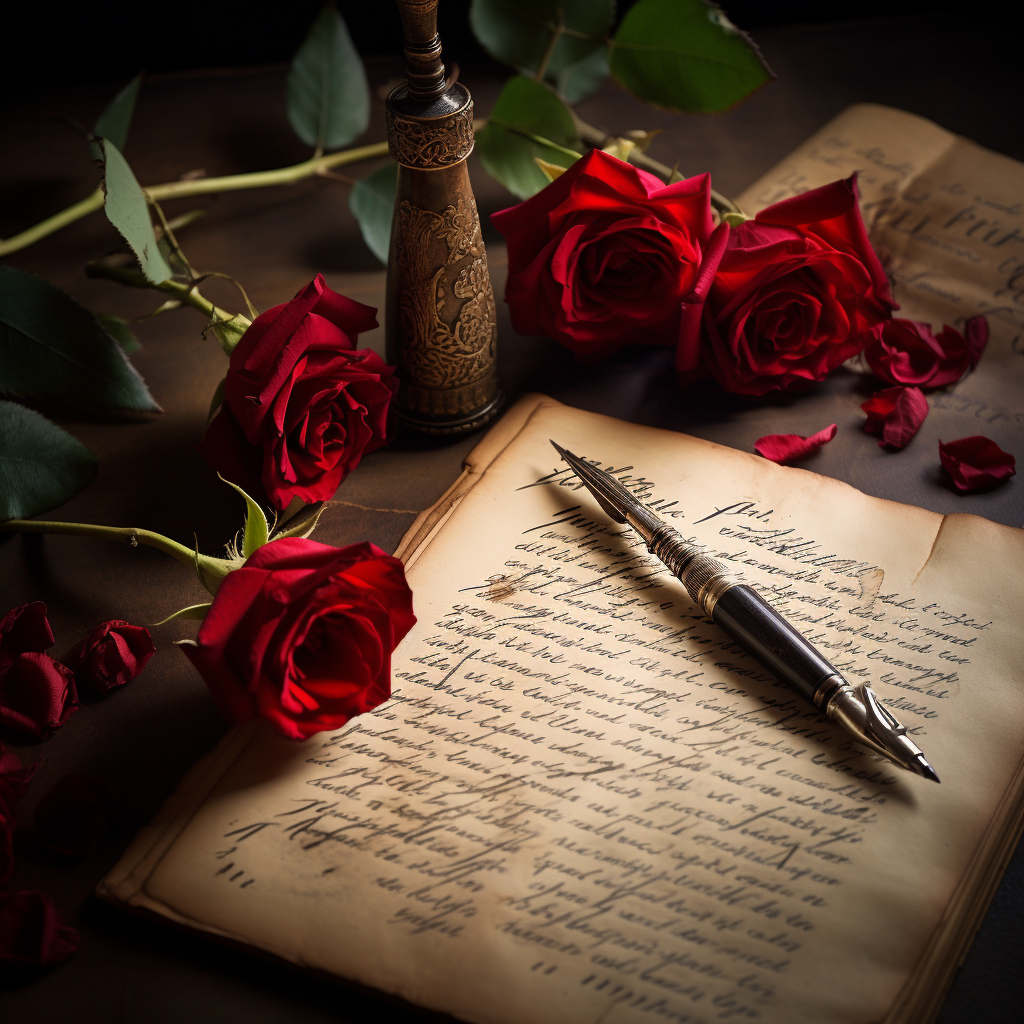
Let’s journey into the enchanting world of poetry and witness poetic license in action.
The Creative Distortion of Language
In poems that challenge linguistic norms, it’s not uncommon to find creative distortions of language. Words may change form, sentences may defy convention, and grammar may be twisted to fit the poet’s vision.
Example 1: E.E. Cummings’ Nonconformist Punctuation
E.E. Cummings, famous for his playful disregard of punctuation rules, used this poetic license to sculpt his verses uniquely.
since feeling is first who pays any attention to the syntax of things
The absence of capital letters and unconventional line breaks create a distinct visual and rhythmic impact, making his poetry instantly recognizable.
Example 2: Gertrude Stein’s Repetition
Gertrude Stein, an avant-garde writer and poet, was a master of repetition and unconventional syntax. In her poem “Sacred Emily,” she showcases the power of poetic license to subvert grammatical norms while crafting intricate meaning.
A rose is a rose is a rose is a rose.
In this simple yet profound sentence, the repetition of “is a rose” bends grammatical structure to create a mantra-like effect, inviting readers to contemplate the essence of identity and existence.
The Impact of Unconventional Grammar
The impact of bending grammatical rules extends beyond mere aesthetics; it can profoundly affect the tone, mood, and meaning of a poem.
Example 3: Emily Dickinson’s Use of Dashes
Emily Dickinson, known for her concise yet emotionally charged verses, employed dashes in a distinctive manner. In “Hope is the thing with feathers,” the dash serves as a pause, allowing readers to reflect on the profound concept of hope.
Hope is the thing with feathers – That perches in the soul – And sings the tune without the words – And never stops – at all –
The dash acts as a poetic breath, encouraging readers to pause and savor each line’s significance.
Example 4: e.e. cummings’ Deconstruction
E.E. Cummings’ poem “r-p-o-p-h-e-s-s-a-g-r” is a prime example of how poetic license can deconstruct language to convey abstract concepts.
r-p-o-p-h-e-s-s-a-g-r who a)s w(e loo)k upnowgath PPEGORHRASS …
Here, the unconventional placement of letters and words challenges readers to engage with language as a visual and auditory experience rather than a strict vehicle for meaning. It’s a testament to how poetic license can transform words into art.
Poetic License and Interpretation
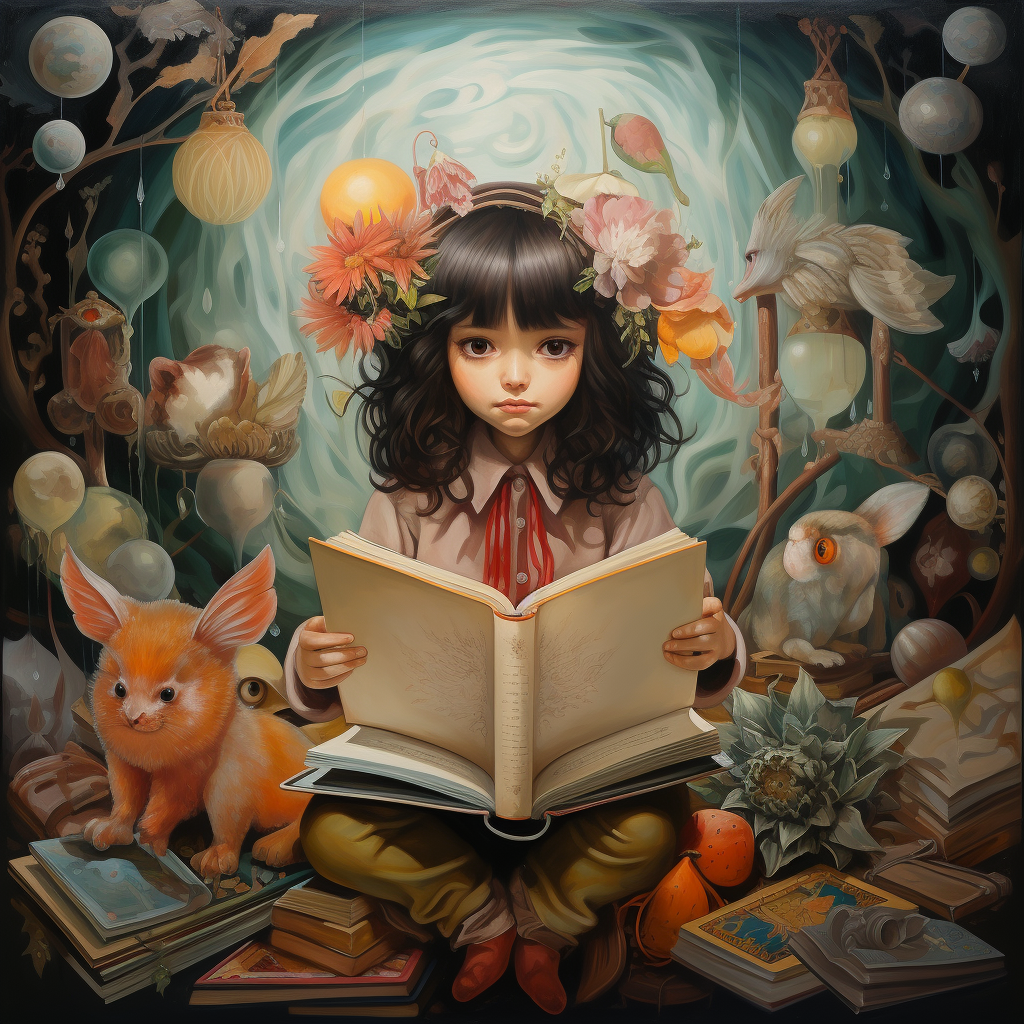
One of the beauties of poetry is its openness to interpretation. Poetic license contributes to this ambiguity, inviting readers to explore multiple layers of meaning within a single poem.
Example 5: Robert Frost’s “The Road Not Taken”
Robert Frost’s “The Road Not Taken” is a classic poem where poetic license plays a pivotal role in interpretation. The poet presents a choice between two diverging paths in the woods, and the final stanza is often quoted:
Two roads diverged in a wood, and I, I took the one less traveled by, And that has made all the difference.
Frost’s use of poetic license, particularly the ambiguity in the final line, sparks endless debates about the poem’s meaning. Does it celebrate the courage to take unconventional paths, or does it lament the consequences of choices? Poetic license gives readers room to explore their own interpretations.
The Poet’s Intention Artistic Expression or Rebellion
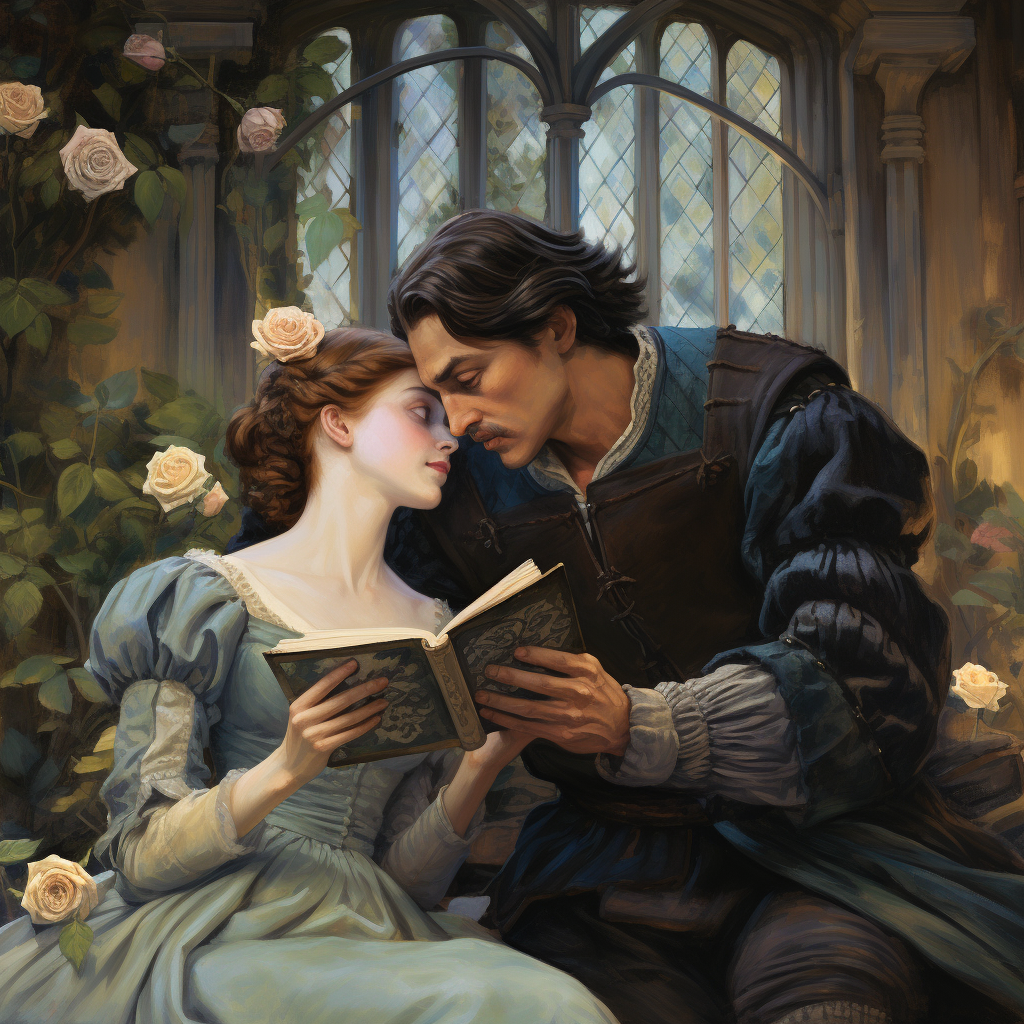
Is poetic license solely an act of rebellion against grammar rules, or does it serve a more profound purpose?
Imagine poetry as a canvas, and words as the colors on a painter’s palette. Poetic license is the artist’s choice of colors, brushstrokes, and techniques to evoke specific emotions and reactions from the viewer. While it may seem rebellious, it’s ultimately a tool for artistic expression.
Example 6: Shakespearean Sonnets
Shakespeare’s sonnets are renowned for their strict adherence to iambic pentameter and rhyme schemes, yet they also showcase the subtleties of poetic license. Within these rigid structures, Shakespeare employed wordplay, metaphors, and puns to craft verses that transcend the limitations of grammar.
When I consider how my light is spent, Ere half my days in this dark world and wide, And that one Talent which is death to hide Lodged with me useless, though my Soul more bent To serve therewith my Maker, and present My true account, lest he returning chide; “Doth God exact day-labour, light denied?” I fondly ask. But patience, to prevent That murmur, soon replies, “God doth not need Either man’s work or his own gifts; who best Bear his mild yoke, they serve him best, his State Is Kingly. Thousands at his bidding speed And post o’er Land and Ocean without rest: They also serve who only stand and wait.”
Here, Shakespeare’s poetic license within the sonnet structure elevates the poem from a mere exploration of grammar rules to a profound meditation on life’s purpose.
Conclusion: Embracing the Poetry of Language
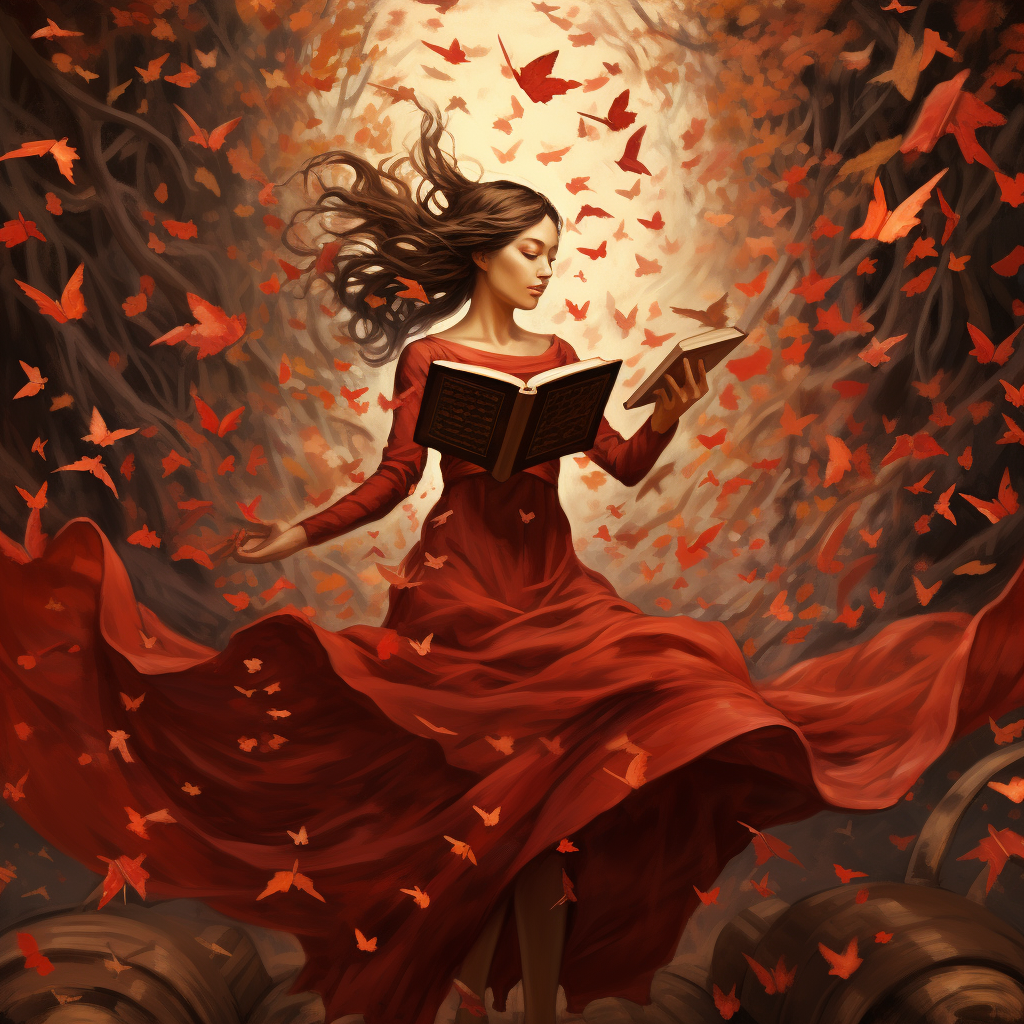
In the world of poetry, grammar rules often take a backseat to creativity and expression. We’ve explored the various ways in which poets intentionally bend or break these rules to craft verses that stir emotions, challenge conventions, and offer unique perspectives.
While it’s clear that poets have a deep understanding of grammar, they choose to subvert it for artistic purposes. This rebellion against traditional grammar is a testament to the flexibility and adaptability of language, allowing poets to create works that transcend the boundaries of everyday speech and writing.
In the end, the beauty of poetry lies not only in its ability to convey meaning but also in its capacity to evoke feelings, provoke thoughts, and transport readers to worlds where grammar rules are secondary to the power of words. So, the next time you come across a poem that seems to defy grammar, remember that it might be doing so to touch your heart, challenge your mind, and ignite your imagination. Poetry, after all, is about breaking free from the constraints of language to explore the boundless possibilities of human expression.
Learn More About Earning Income from Your Poetry
- Publish Poetry Online and Get Paid
- Do you get paid for publishing poetry?
- How can I get my poetry noticed?
- How much should I sell my poetry for?
- How much does it cost to publish poetry?
- Can anybody be a poet?
- What are the 11 rules in writing a poem?
- What is the number one rule of poetry?
- How many lines must a poem have?
- What is a single line of poetry called?
- What is a poem with one line called?
- What is the middle of a poem called?
- Why don’t poets follow grammar rules?
- What is 3 line poetry called?
- What should a poem look like?
- How to write good poems?
FAQs (Frequently Asked Questions)
1. Is poetic license limited to English poetry?
No, poetic license is a concept that applies to poetry across languages and cultures. It represents the poet’s creative freedom to manipulate language for artistic expression.
2. Does poetic license make poetry harder to understand?
Poetic license can add complexity to a poem, but it doesn’t necessarily make it harder to understand. Instead, it invites readers to engage more deeply with the language and explore multiple layers of meaning.
3. Are there any rules in poetic license?
Poetic license, by its nature, involves bending or breaking conventional grammar rules. However, it’s not a free-for-all; poets still adhere to their chosen forms and structures, even as they creatively deviate from grammatical norms.
4. Can beginners use poetic license in their poetry?
Absolutely! Poetic license is a tool available to poets of all levels. It’s a way to infuse your unique voice and creativity into your poems. As you gain experience, you’ll refine your mastery of this artistic freedom.
5. Are there any famous poets known for their use of poetic license?
Yes, many famous poets, such as Emily Dickinson, e.e. cummings, Gertrude Stein, and Robert Frost, are celebrated for their innovative use of poetic license. Their works showcase the incredible diversity of creative expression within poetry.